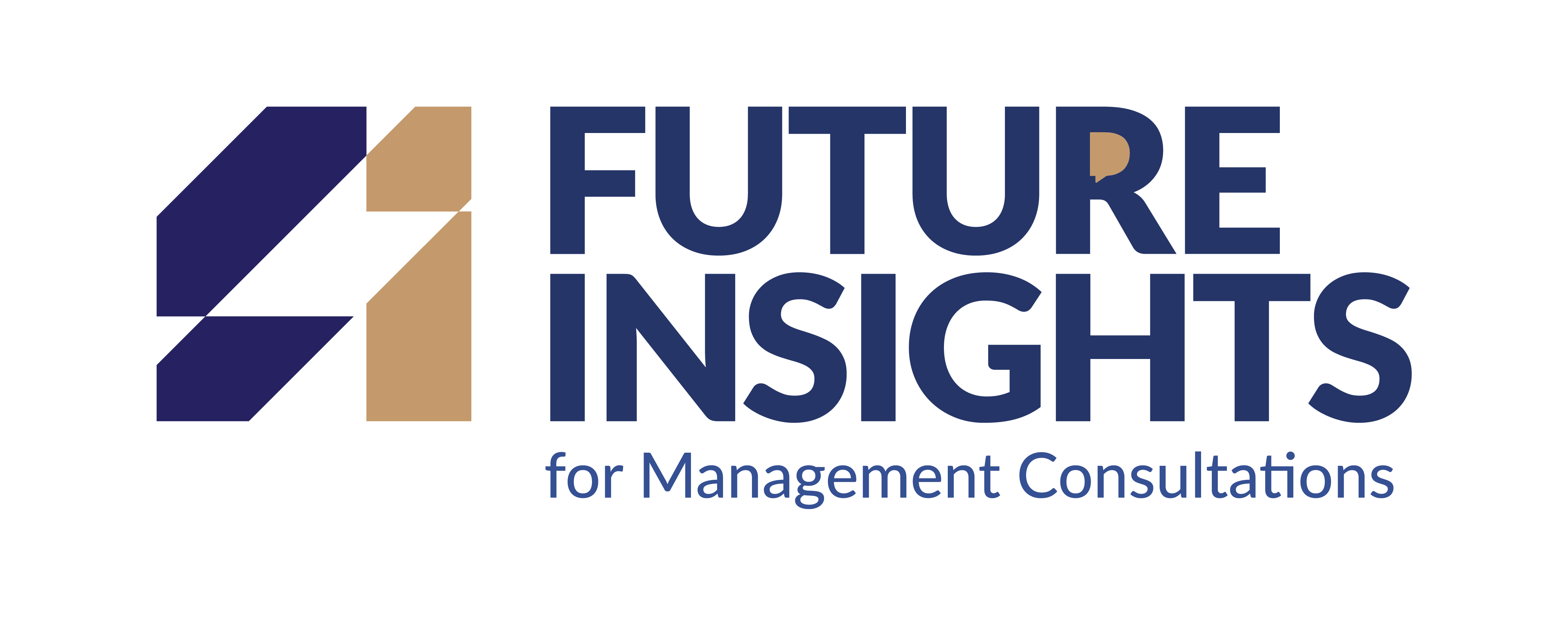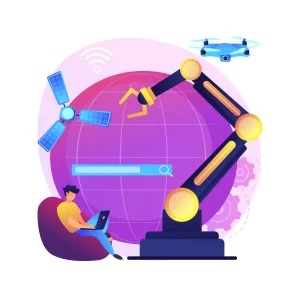1. Embracing Agility
In today’s volatile business environment, agility is not just a skill but a necessity. CEOs must be prepared to pivot strategies, explore new opportunities, and make swift decisions without losing sight of long-term goals.
How to Cultivate Agility:
- Scenario Planning: Regularly assess multiple outcomes and prepare for uncertainties.
- Cross-Functional Collaboration: Break down silos within the organization to ensure faster decision-making.
- Iterative Learning: Foster a culture of experimentation, learning from successes and failures alike.
2. Adopting a Growth Mindset
A growth mindset allows CEOs to see challenges as opportunities rather than obstacles. This approach encourages continuous learning, innovation, and the ability to adapt to changing circumstances.
Key Strategies:
- Lifelong Learning: Stay updated on industry trends, emerging technologies, and global developments.
- Empowering Teams: Encourage your employees to take ownership of their work and contribute innovative ideas.
- Celebrating Progress: Recognize incremental achievements that lead to larger successes.
3. Leveraging Technology
The rapid pace of technological advancements requires CEOs to not only understand new tools but also leverage them strategically. CEOs must lead their organizations through digital transformation while maintaining a human touch.
Technology Focus Areas:
- Data-Driven Decisions: Use analytics to gain insights into consumer behavior, operational efficiency, and market trends.
- Automation and AI: Implement AI-driven solutions to streamline processes and free up resources for strategic initiatives.
- Cybersecurity: Prioritize data protection to build trust with stakeholders and maintain operational integrity.
4. Leading with Resilience
Resilience is a cornerstone of effective leadership. CEOs must navigate crises, maintain a steady vision, and inspire confidence in their teams even during turbulent times.
Building Resilience:
- Emotional Intelligence: Develop the ability to remain calm under pressure and respond empathetically to challenges.
- Crisis Management Plans: Establish robust frameworks to address potential disruptions.
- Self-Care: A resilient CEO must prioritize their mental and physical well-being to sustain peak performance.
5. Prioritizing People and Culture
As the pace of business accelerates, a CEO must ensure that the human aspect of their organization remains a priority. Building a strong, inclusive culture that values employees can drive loyalty and productivity.
People-Centric Practices:
- Transparent Communication: Keep employees informed about organizational changes and goals.
- Workplace Flexibility: Adapt to the evolving needs of the workforce, including remote or hybrid work models.
- Diversity and Inclusion: Foster a culture where diverse perspectives are valued and leveraged for innovation.
6. Staying Focused on Sustainability
Today’s CEOs must balance short-term profitability with long-term sustainability. A forward-thinking approach to environmental, social, and governance (ESG) practices is crucial for maintaining stakeholder trust and ensuring future viability.
Sustainability Initiatives:
- Green Operations: Invest in energy efficiency and sustainable supply chain practices.
- Social Impact: Support initiatives that benefit the broader community.
- Ethical Leadership: Ensure transparency and accountability in all business dealings.
7. Continuous Adaptation: The CEO as a Futurist
A modern CEO must be a visionary, capable of anticipating trends and positioning their organization to capitalize on them. This requires a combination of strategic foresight, adaptability, and a willingness to disrupt traditional models.
How to Stay Ahead:
- Trend Analysis: Regularly evaluate shifts in consumer behavior, technology, and market dynamics.
- Global Perspective: Think beyond local markets to identify international growth opportunities.
- Proactive Innovation: Invest in R&D and encourage a culture of curiosity and exploration.
Conclusion
The modern CEO mindset is a dynamic blend of agility, vision, and resilience. By embracing change, prioritizing people, and leveraging technology, today’s CEOs can not only adapt to the rapid pace of this age but also lead their organizations toward sustained success. The key is to stay curious, remain open to learning, and always be ready to pivot when the moment demands it



